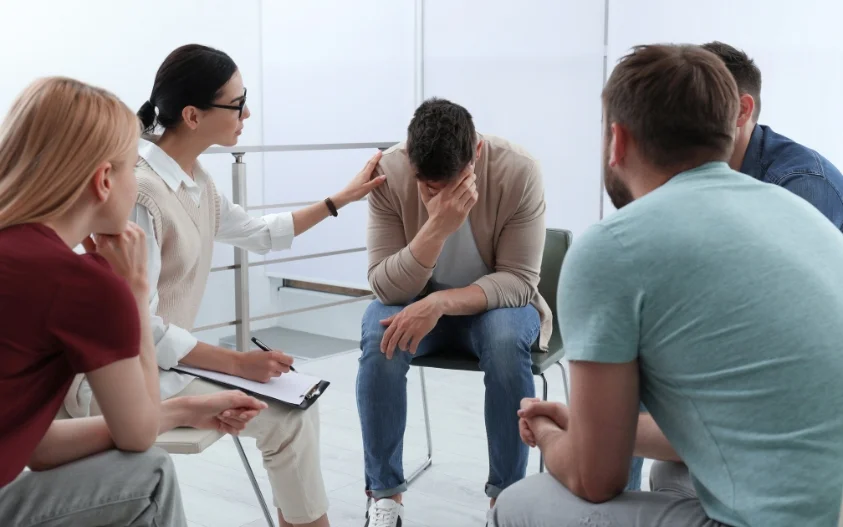24/7 Helpline:
(866) 899-221924/7 Helpline:
(866) 899-2219
Learn more about Ritalin Rehab centers in Peru
Ritalin Rehab in Other Cities

Other Insurance Options

Holman Group

Absolute Total Care

Health Choice

Ambetter

WellCare Health Plans

BlueCross

ComPsych

EmblemHealth

Magellan Health

CareSource

Optima

BHS | Behavioral Health Systems

Optum

Multiplan

UnitedHealth Group

Self-pay options

Group Health Incorporated

MHNNet Behavioral Health

Magellan

Covered California









